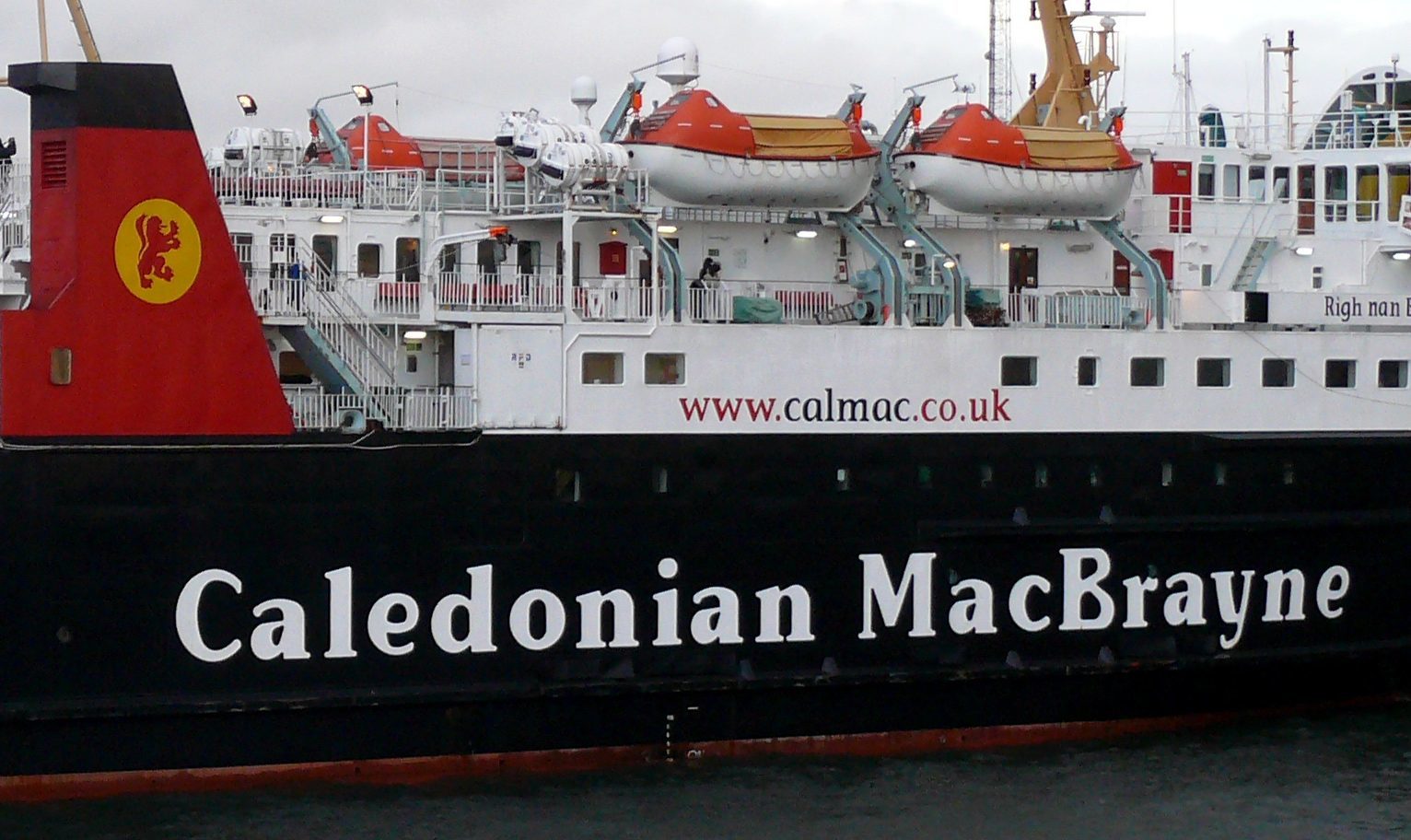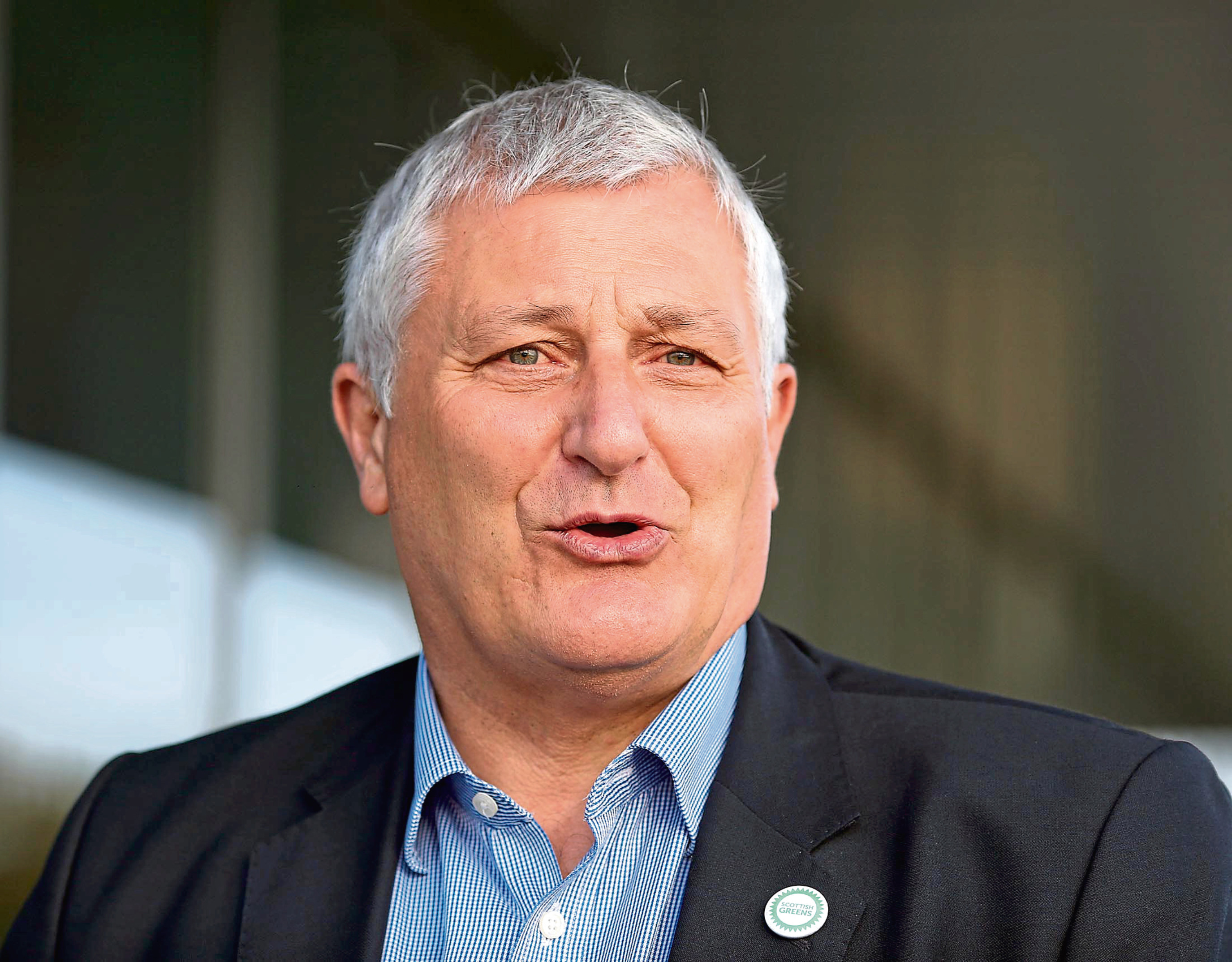
THE capacity of two delayed CalMac ferries being built on the Clyde is set to be slashed.
Earlier this month it was revealed the two ships being built by Ferguson Marine would be delayed by 18 months.
But now it has emerged the specification of the vessels in the £100 million project is also under review.
Both were meant to have capacity for 1,000 passengers but achieving the target is “proving to be difficult” – partly because of disability access rules.
Demand for Scotland’s ferries is soaring but there are now no spare ships on the network, leading to concerns about the capacity cut.
John Finnie MSP, the Scottish Greens’ transport spokesman, said: “It is very disappointing issues around the capacity of the new vessels weren’t ironed out before the contract was awarded.
“It is of paramount importance that the ferries are fully accessible, but this should not come as a surprise to the Scottish Government, nor Fergusons.
“Demand is rapidly increasing on the Clyde and Hebrides routes and it would be extremely concerning if the new vessels don’t have the necessary capacity to cope.”
The contract for the two vessels, one for the crossing between Arran and Ardrossan and one for the Uig-Lochmaddy-Tarbert triangle in the Outer Hebrides, was awarded to Ferguson Marine at a combined cost of £97m.
MV Glen Sannox, the first of the vessels, was launched at the end of last year amid much fanfare as she was the UK’s first liquified natural gas passenger ferry.
But she has been hit by technical difficulties and it has now been confirmed she will not come into service until next autumn at the earliest.
It means delivery of the second vessel, for the service between North Uist, Harris and Skye, will also slip.
She will now not be available until autumn 2020.
Brian Wilson: CalMac ferry dilemma leaves community and passengers all at sea
In minutes from a Caledonian Maritime Assets Limited (CMAL) – the public body which buys the ferries for CalMac – board meeting in March it was stated “that 1,000-passenger capacity originally envisaged is proving to be difficult while also complying with new accessibility rules. Discussions are under way with CalMac to review the passenger numbers”.
The review applies to both vessels.
An increase in public subsidies to lower ticket prices and Scotland’s tourism boom have fuelled demand for ferry travel.
Last week, questions were raised about the ferry service to the Western Isles, after it was revealed it will cost taxpayers at least £67m by 2022 – but bankers will still own the 700-passenger ship due to a complex lease deal.
Scottish Labour’s transport spokesman Colin Smyth said: “The new Transport Secretary needs to get a grip by bringing all parties together round the table, including CMAL, so we can get these ferries delivered fit for purpose and as soon as possible for Scotland’s island communities who are being badly let down.
“It’s clear that the Scottish Government’s investment in new ferries is just not keeping up with demand and with an ageing fleet the problems will get worse.”
A CMAL spokeswoman said: “Discussions regarding passenger capacity and accessibility considerations of the dual fuel ferries are ongoing between CMAL, CalMac and Transport Scotland.”

Enjoy the convenience of having The Sunday Post delivered as a digital ePaper straight to your smartphone, tablet or computer.
Subscribe for only £5.49 a month and enjoy all the benefits of the printed paper as a digital replica.
Subscribe